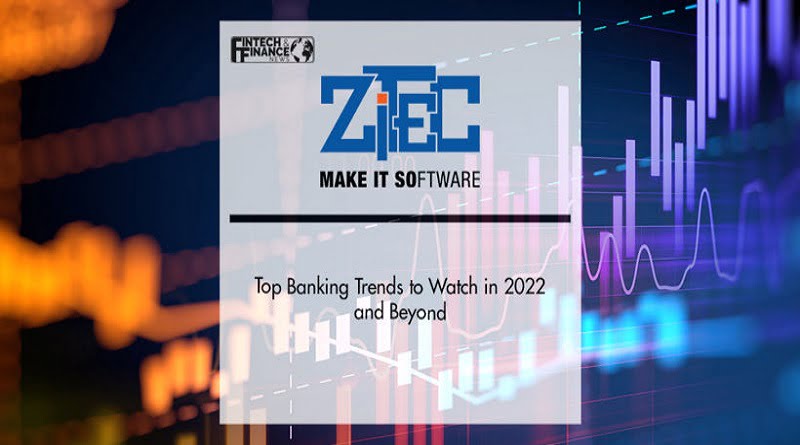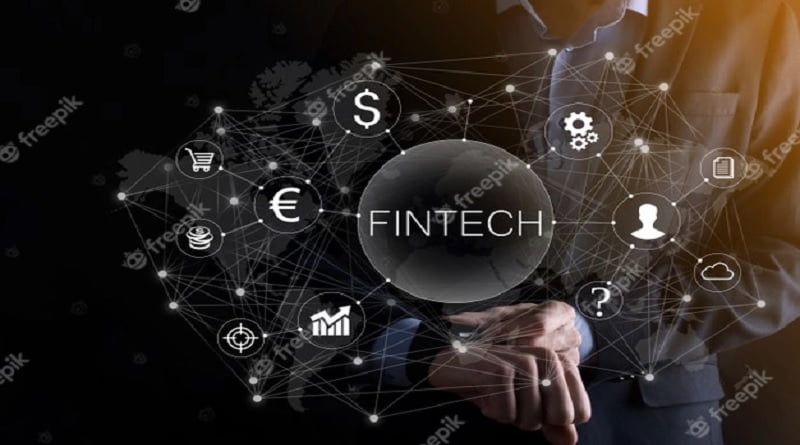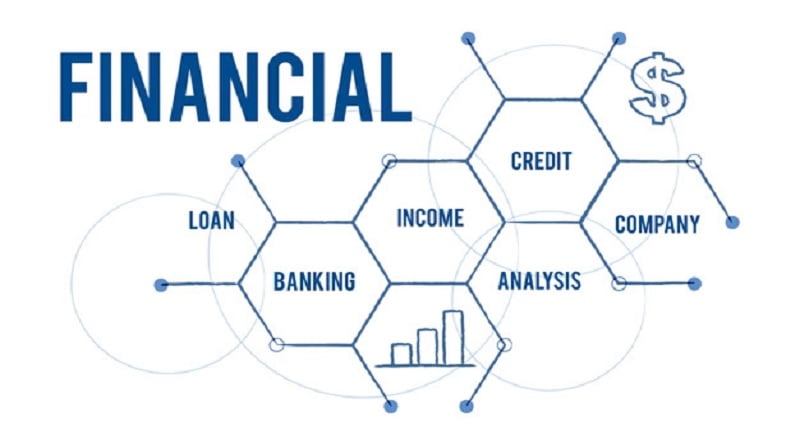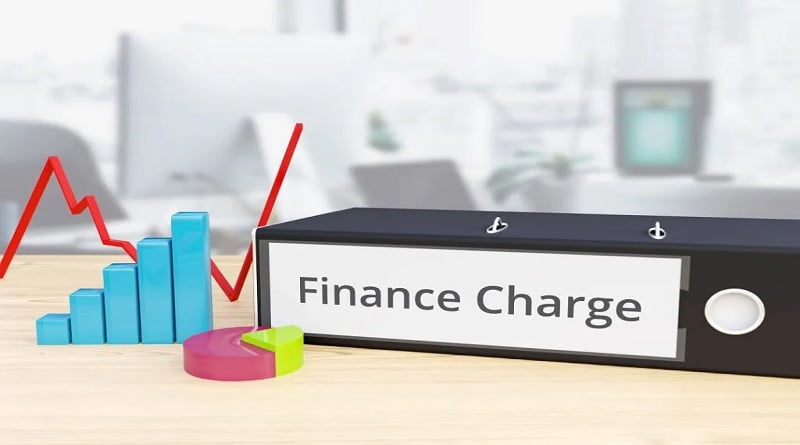On the surface, it may seem like the easiest part of your income tax form to fill out, aside from your name and address. At the top of the 1040 tax form, the instructions read: Filing status. Check only one box. Sounds easy, right? But the more you think about it, you may find yourself stumped. After all, if you’re married, you can file jointly or separately. Which is better? And who counts as “head of household,” a filing status that may sound like a throwback to the 1950s?
While this decision may not seem like a big deal, your tax filing status is important because it determines your tax bracket and ultimately the amount of tax you pay. Your tax filing status also determines your standard deduction as well as whether you qualify for certain tax credits. Here’s what to know about each of the five filing statuses.
Single
Who qualifies: Single people without dependents. So if you’re divorced with kids, but you refer to yourself as single to your family and friends, keep in mind that “single” is not your tax filing status.
What are the benefits of “single” as a tax filing status? If you earn a lot, you could owe less taxes because you are single. When you get into the highest tax brackets, in many states you’ll wind up in a higher tax bracket as a married couple faster than as a single taxpayer.
You’ll often hear people call this situation the “marriage tax penalty.” Still, married taxpayers get plenty of financial benefits, such as often having a two-paycheck household.
Married Filing Jointly
Usually it’s smarter to file jointly, according to Jeffrey Wood, a certified public accountant and partner at Lift Financial, a wealth management firm in South Jordan, Utah.
“There are certain tax deductions that may phase out or be lost when a couple files separately,” Wood says. “Some common and often-used deductions such as the earned income credit, the American opportunity credit, the student loan interest deduction and the lifetime learning credit are not available to married individuals who file separately. In addition, tax rates are typically higher for individuals filing as single or married filing separately than for those who file jointly.”
Another thing to consider: It’s typically easier and cheaper to file jointly, rather than pay or spend the time preparing two different tax forms.
Married Filing Separately
Who qualifies: Married couples.
Occasionally it is smarter to file separately, Wood says. “If one party in the married relationship had preexisting debts that could be garnished by the IRS, the other spouse may want to file separately to protect their expected tax return,” he says.
Another scenario: You and your spouse have a significant difference in income. “In this circumstance, the lower-earning spouse may want to file separately to preserve their lower tax bracket and perhaps their expected refund,” Wood says.
And yet another reason a married couple may choose to file their taxes separately: “One spouse may be a business owner and is choosing to push some risky tax positions with which the other spouse may not feel comfortable,” Wood says. “The IRS considers both spouses on a joint return to be equally liable for the tax positions taken and both spouses will be on the hook for any taxes and penalties for that given tax year, even if they later separate or divorce.”
Finally, if you’re separating or thinking of separating, Wood says you might consider filing separately for the tax year if it makes financial sense for both or one of you.
Head of Household
Who qualifies: Usually someone who is unmarried with dependents.
“Head of household is one of the most misunderstood filing statuses,” says Mark Puzdrak, owner of Puzdrak CPA, an accounting firm in Austin, Texas.
Someone who files as head of household is generally unmarried with dependents. Puzdrak says there are three qualifications you must meet to be classified as head of household.
1. You were not married on the last day of the year.
2. You paid more than half the cost of keeping up a home for the year.
3. A qualifying person lived with you in that home for more than half the year, except for temporary absences.
Who is a qualifying person? Usually, it will be a minor: your child, stepchild or maybe a foster child. In other words, if you’re a parent who never married or is divorced, and your children live with you most of the time, you’ll probably file as head of household.
That said, you don’t have to be a single parent to file for head of household. You could also be taking care of a brother, sister, grandparent, mother, father or another relative and claiming them as a dependent.
Qualifying Widow(er)
Who qualifies: Someone recently widowed.
Believe it or not, this status isn’t as straightforward as it sounds, either. If you’ve been a widow or widower since 2007 or 2017, for example, you wouldn’t file as a widow or widower. There’s a time limit on how long you can file with this status.
“If your spouse died within the year, you can still file jointly or separately as a married person for that year. After that, if you haven’t remarried and have a dependent child, you can file as a qualifying widow or widower for up to two years,” says Joshua Zimmelman, managing partner of Westwood Tax & Consulting, a virtual tax firm.
There’s one main benefit of this filing status: Filing as a widow or widower allows you to get the same standard deduction and tax rates as married couples, Zimmelman says.
“After two years,” he says, “your status changes to ‘head of household’ or ‘single’ unless you have remarried.”
Other Factors to Consider When Choosing a Filing Status
Keep this advice from tax experts in mind:
Dates matter. You’re filing your taxes for last year and not this current year, and the date to really consider is Dec. 31. Zimmelman puts it this way: “If you are married, you must file as married, even if you were single for 364 days of the year. If you’re married on Dec. 31, you are married on your tax return.”
Likewise, if you divorced on Dec. 31, you are considered divorced for the entire year. You won’t be able to file married jointly for that year.
Choose your filing status carefully. Once you file your taxes, you may be stuck with your filing status for that specific tax year. If you’re married and file jointly, and then a few months later you wanted to make changes to your taxes and file separately, Zimmelman says you won’t be able to change it.
“On the other hand, if you file separate returns and then later realize you should have filed jointly, you can amend your returns to file jointly within three years,” Zimmelman says.
Understand the meaning of “dependent.” That is, understand how the IRS defines dependent. In a nutshell, it’s a qualifying child or a qualifying relative of the taxpayer. Your spouse is not a dependent. To claim adult children, they must be under age 24 at the end of the tax year and unmarried.
Or perhaps you’re a dependent. You’ll need to keep that in mind if you’re filing your taxes.
“While not technically a filing status, whether or not someone else claims you as a dependent affects your own filing status,” Zimmelman says. “To legally be claimed as a dependent by a parent or other qualifying relative, you must be unmarried. If you fit all the necessary criteria of a dependent, you may still need to file your own tax return – based on how much you earned during the year – but you cannot take the standard deduction.”








